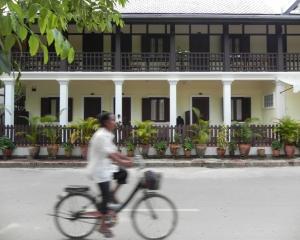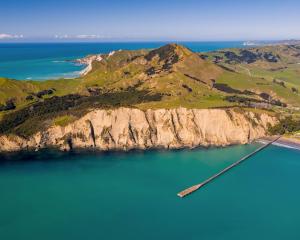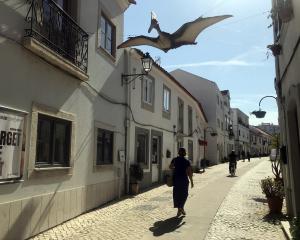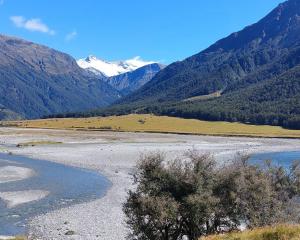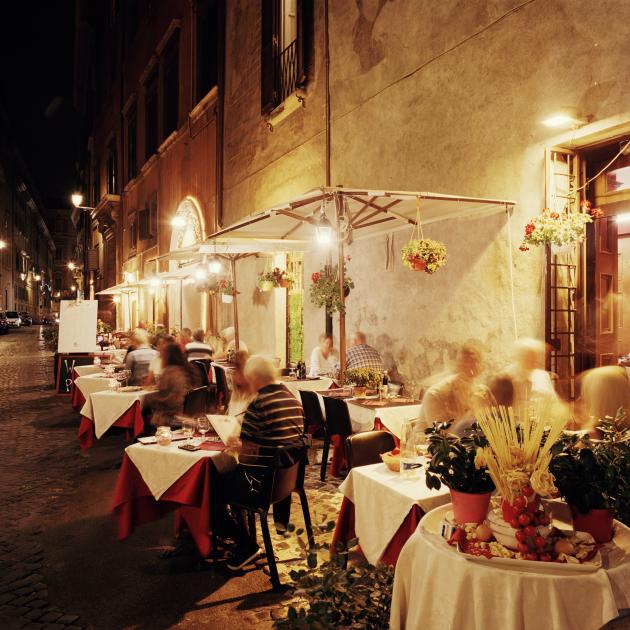
Spring in Rome — it’s warm enough to sit outside cafes and bars, and visiting before the crowds arrive in summer means the queues are short, Sarah Turner writes.
Forget Paris in spring: Rome is both warmer and cooler in the first few months of the year. The locals are in their winter black rollneck jumpers, accessorised with equally noir-ish sunglasses. With an average of 17°C by March, it’s warm enough to sit outside cafes and bars, but not hot enough to fall foul of the "no shorts" rule enforced in Rome’s oldest churches.
Inside Villa Farnesina, there is just a handful of people admiring the murals by Raphael, while outside a grove of citrus trees is groaning with fruit. The Caffe Settimiano on nearby Via Garibaldi — where I stop off for my first Aperol spritz of the year — is full of mismatched vintage furniture, attracting equal numbers of Romans and blissed-out American students beginning a semester abroad.
Like other European cities, Rome now has a selection of hotels which aim to offer maximum experience at lower costs. At the newly opened CitizenM Rome Isola Tiberina, there’s no room service, nor are there minibars in the rooms. Instead, CitizenM has a pullout refrigerator drawer and will point you towards the nearest supermarket (there are drinks and food to buy in the lobby). In other ways, serious money has been spent to ensure staying here feels like a treat rather than a trade-down. The hotel group likes designer furniture (the real stuff supplied by Vitra, rather than cheaper copies). It’s in a central part of the city, rather than the suburbs. Crucially, the beds are big and the bedding has experientially high-thread counts.
At these new-style hotels, prices rise and fall with demand. The industry term is "dynamic" — you’ll get the best rates in low season or by booking far ahead, or when they’ve recently opened. CitizenM started in the Netherlands and there’s a tangible egalitarian Dutch ethos at play at breakfast: we’re encouraged to pick up our coffees from the counter and take our trays to a trolley in the corner after we’ve finished, which fits with the "leave as you found it" feel of the place.
My first stop is near the hotel, Pasticceria Boccione on Piazza Costaguti, which is the oldest Jewish bakery in Rome, founded in 1815. There may not be a sign outside, but there’s always a queue for its pizza ebraica, a charred-looking, phenomenally delicious pastry, with candied fruits, almonds and raisins held together with dough. Afterwards, I wander, nip into churches, window shop for cassocks and vestments (Rome has many shops selling religious clothing) and stop off at Beppe e i Suoi Formaggi, a cheesemonger that also serves natural wine, on Via di Santa Maria del Pianto.
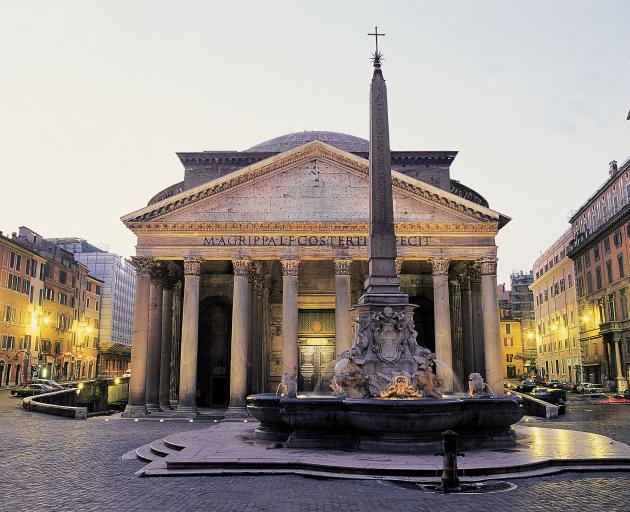
— Guardian News and Media

